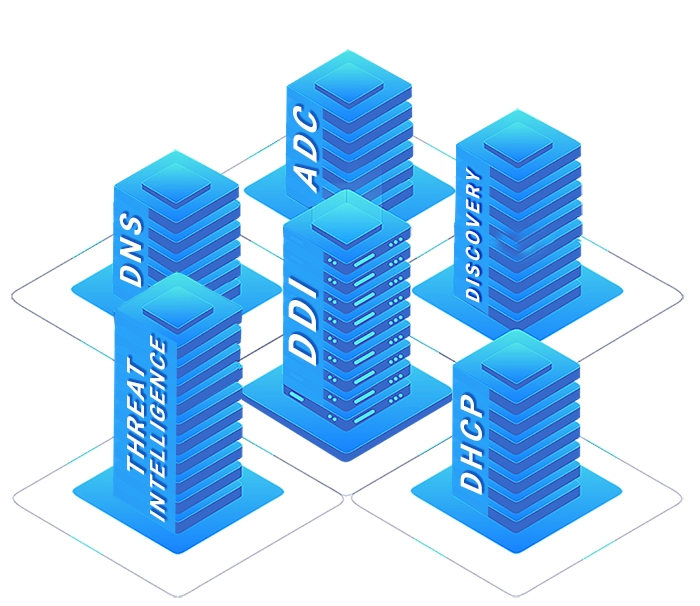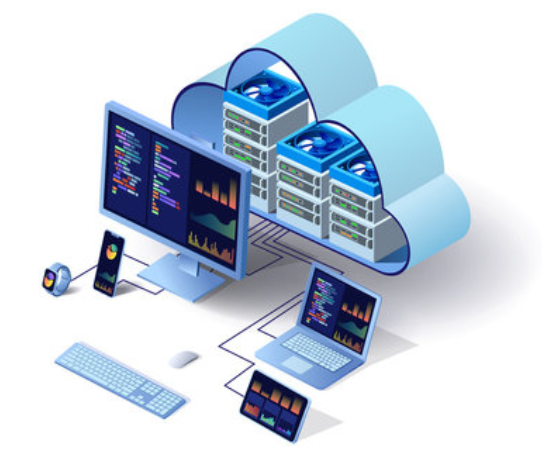
We use cookies on this site to
improve your browsing experience, analyze individualized usage, and
website traffic tailor content to your preferences, and make your
interactions with our website more meaningful. By clicking "Accept All" closing this banner, or continuing to browse this site, you
consent to the use of cookies.






















 We have been
using TCPWave's Themis Application Delivery Controllers (ADC)
and have consistently been impressed by its reliability and
performance. By significantly enhancing the availability and
performance of our applications, the ADC has enabled us to offer
an excellent user experience to our customers.
We have been
using TCPWave's Themis Application Delivery Controllers (ADC)
and have consistently been impressed by its reliability and
performance. By significantly enhancing the availability and
performance of our applications, the ADC has enabled us to offer
an excellent user experience to our customers. 


